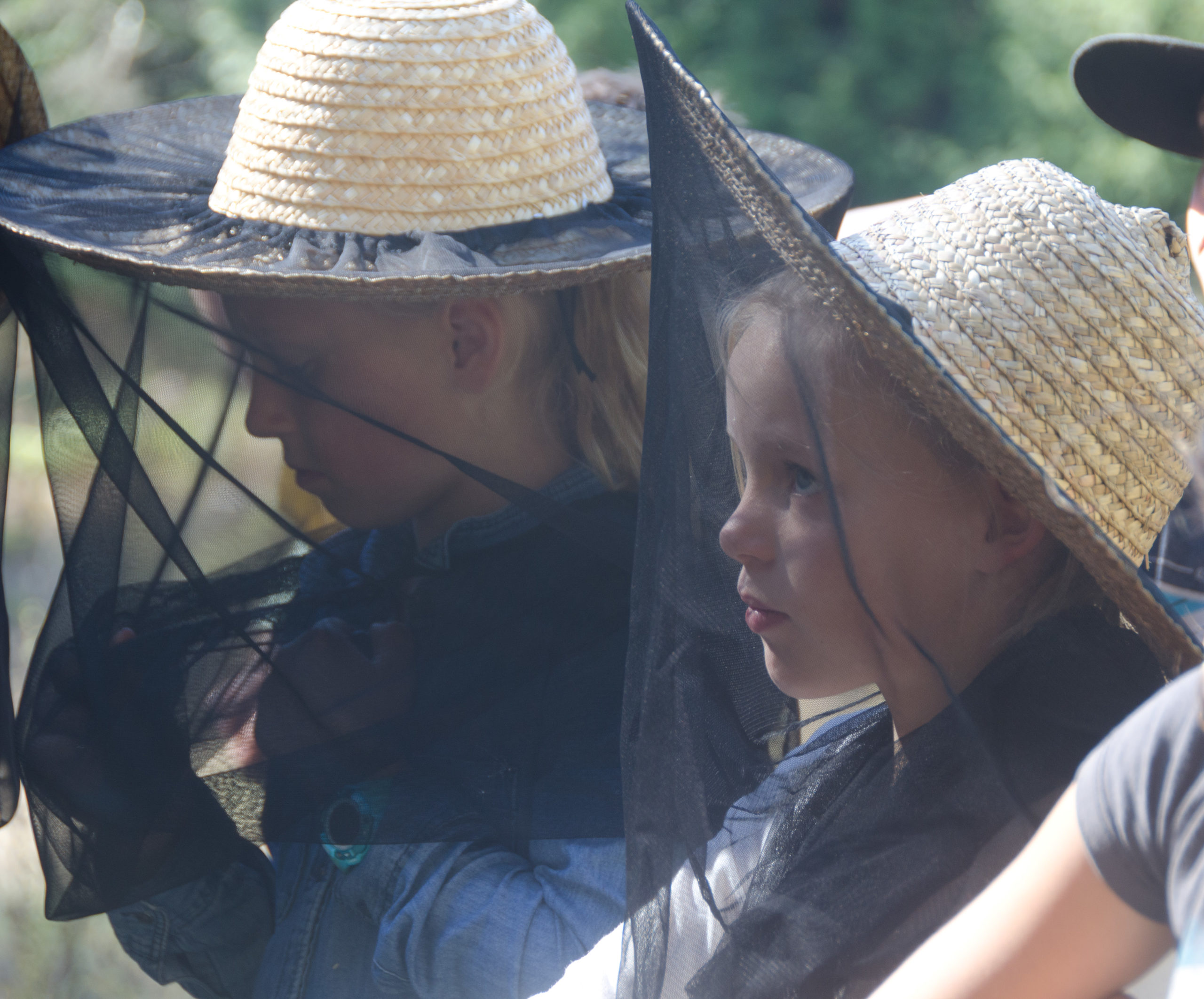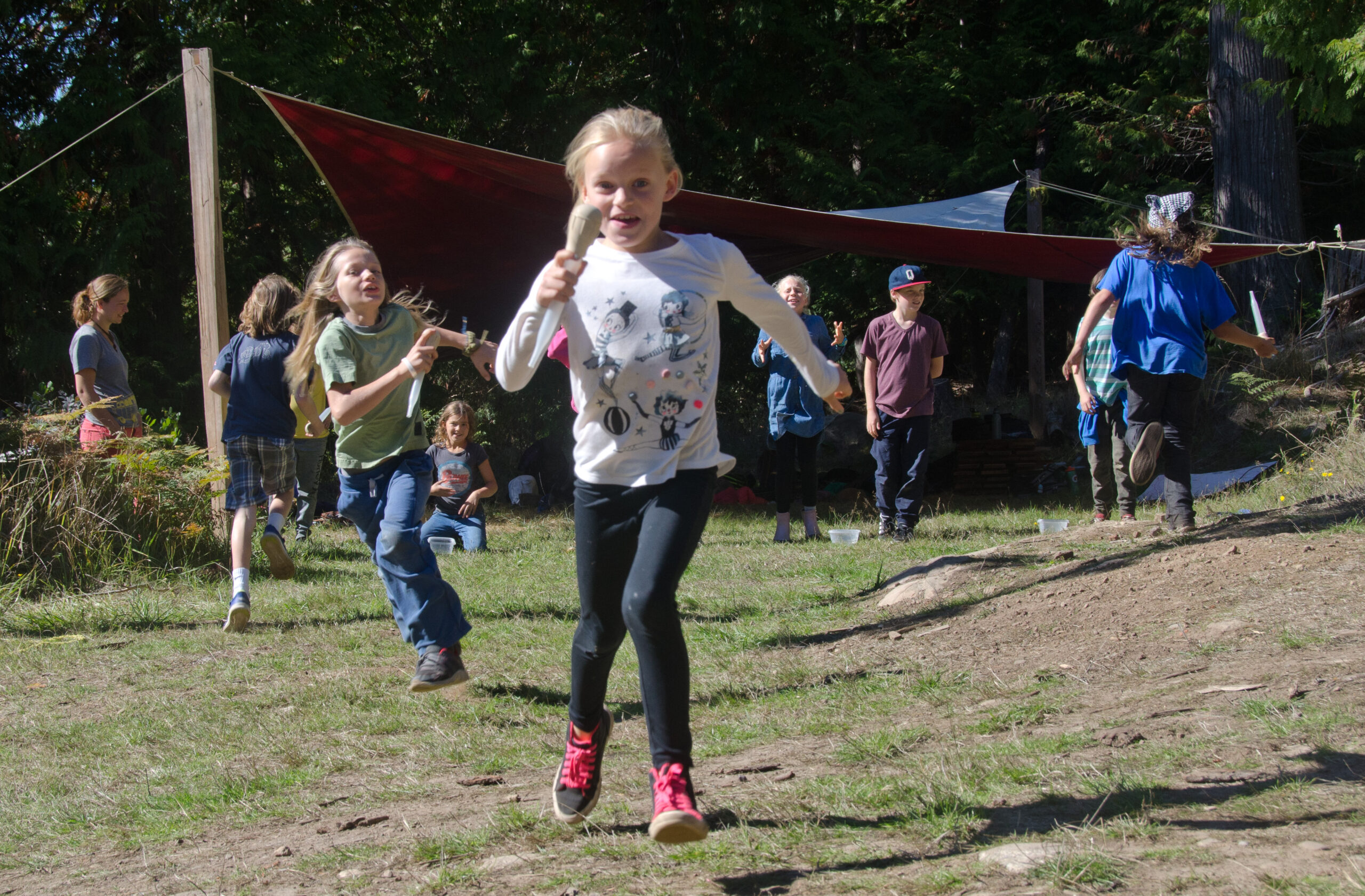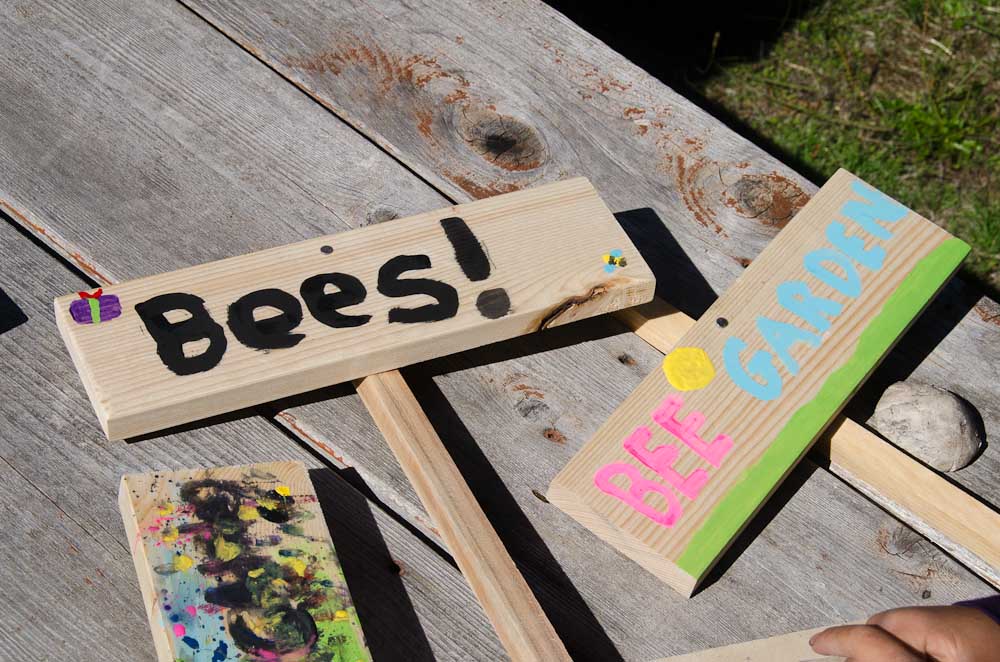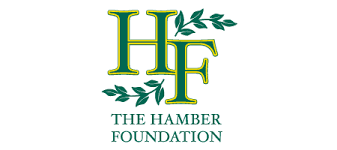Salt Spring Island Elementary buzzed around the Millard Learning Centre Forest Garden and Forage Forest having participated in the GCA’s new People, Plants and Pollinators education program!

The students flexed their green thumbs while building “lasagna” planting beds – a soil bulking method where nitrogen and carbon-rich organic materials are layered on top of each other. On top of the fresh beds, the little gardeners planted native pollinator-friendly species.
Students learned about the unique anatomy of many local pollinator species such as hummingbirds, bees, butterflies, moths, flies and beetles! These teachings were solidified through pollinator-centric games and crafts sprinkled throughout the day!
In the morning, the students donned their “pollinator glasses” during a floral scavenger hunt where they searched for flowers whose shape and colour appealed to certain pollinators based on their vision and mouth shape.

An observation hive permitted students to “Meet-A-Bee” and have a closer look at the Forest Garden’s honeybees’ fuzzy body, wings, pollen baskets, tongue (probiscis), and five (yes, five) eyes!
Students metamorphosed into worker bees during a relay race, where students madly flew back and forth transporting precious nectar from “flowers” back to feed their “hive”. They also waggled and sang along to the “Bee Dance” which exhibited how social bees wiggle to communicate to each other.

In the afternoon, we walked to the Forage Forest, where students explored the relationship between pollinators, the blooming calendar and messy gardening while planting native Camas & Hairy Manzanita, and making seedbombs.
Inspecting a house destined for Orchard Mason Bees (one of Coastal BC’s most important native pollinators) students learned about the very different lifestyle of solitary bees.
At the end of the day, students got crafty while painting colourful garden signage destined to promote awareness of pollinator-friendly gardening techniques in their school garden back home on Saltspring Island!
People, Plants and Pollinators was created as a result of generous contributions from TD Friends of the Environment and the Hamber Foundation.




